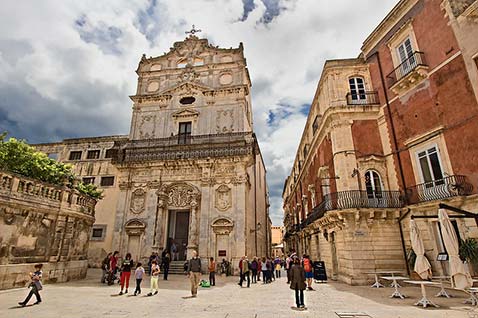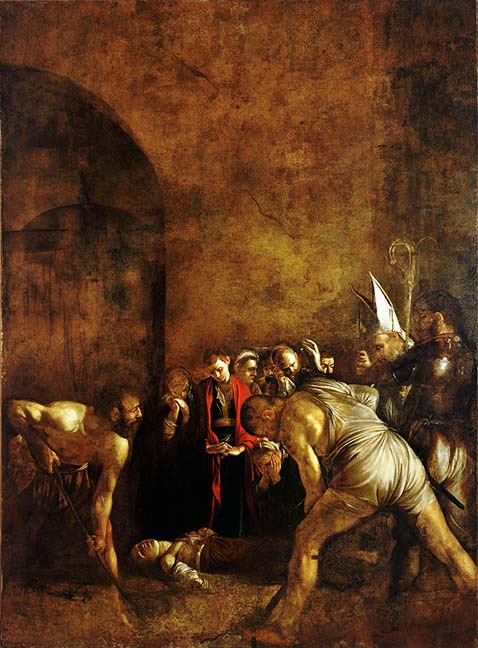
Each month we highlight a place of interest around the globe that we consider as unique as Borgo di Vagli. The tips are selected as they either show respect for the environment, nature, and architectural beauty or are deeply indigenous to their individual origin and this month we encapsulate all of these components. This newsletter we highlight our beloved Resort Director Stefania’s trip to Sicily
We had visited Sicily once before while expecting the arrival of our son and loved the warm hospitality of the Sicilians, the sweetness of their incredible cannolis and the blueness of their seas.
So, with Phoenix now almost two years old, we thought it would be a good time to venture down again… this time we chose a different side of the island, the east side.
We very easily travelled by plane from Perugia to Catania, a short 50 minute flight and decided to head straight to Ortigia, the oldest part of the beautiful baroque city of Syracuse.

Ortigia is actually an island, connected to the mainland by three bridges and it’s the real historical center of the city: a labyrinth of charming ancient and medieval streets surrounded by the turquoise waters of the Ionian Sea.
Founded by the Greeks over 2,700 years ago, Syracuse was one of the oldest and most influential cities of the Magna Grecia. The Greek Corinthians, who settled in this area around 734 BC, transformed the small island of Ortigia into the nucleus of this rapidly growing Mediterranean city.
This was a center of Greek, Byzantine and Judaic civilization and clear evidence of these three cultures can still be seen today, making Ortigia a fascinating place to visit for anybody curious about the historic patrimony we have inherited from classical mythology, early Christianity and medieval Judaism.
Today, both Syracuse and Ortigia are UNESCO World Heritage Site, a distinction that they certainly deserve.

The list of places to see is endless: from the ruins of the Temple of Apollo dating the 6th century BC, to Piazza Duomo with its stunning Basilica and the Church of St Lucia at the far end, dedicated to the patron of the city that houses one of Caravaggio’s most famous paintings, appropriately titled, the Burial of Saint Lucy.

In addition to these famous monuments is the Arethusa Fountain. Located near the scenic “Lungomare Alfeo” the Arethusa Fountain is a freshwater spring located right in front of the sea. The fountain takes its name from the Greek myth of Arethusa and Alpheus. According to the legend, Arethusa represents the spring while Alpheus a river that constantly fades into the fountain, two different lives united in one natural phenomenon by the ancient Greek gods.

This picturesque and romantic place inspired several writers as such as Pindar, Ovid, Virgilio, Gabriele D'Annunzio, John Milton, Alexander Pope and many others who described or wrote something about the fountain.
Nowadays the Arethusa Fountain is a freshwater oasis inside the city where ducks, birds and fish grow and vegetation prospers. Among the plants, you can find papyrus, a well-known plant from which you can make paper. It is considered one of the few places in Europe where papyrus grows spontaneously.

As you may imagine, with a two years old child, here is where we spent most of our time trying to feed the local ducks in between ice creams and cold granitas looking out at the vast blue sea.
Sicily... we will certainly be back!